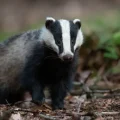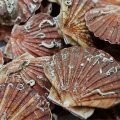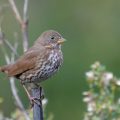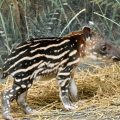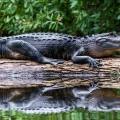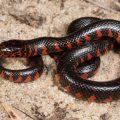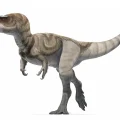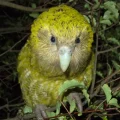The Morelet’s crocodile, also known as the Belize crocodile, is a fascinating species found in the fresh waters of the Atlantic regions of Mexico, Belize, and Guatemala. Despite its relatively small size, with adult males averaging 3 metres (9.8 feet) in length, these crocodiles are aggressive and easily capable of overpowering an unaware human near the water.
The snout of the Morelet’s crocodile is quite broad for a crocodile, making it an easily identifiable species. Juveniles of this species primarily feed on small invertebrates and fish, while adolescents feed on aquatic snails, fish, small birds, and mammals. Older and larger crocodiles, on the other hand, feed on larger prey such as birds, fish, lizards, mud turtles, and even domestic animals such as dogs.
It’s important to note that recorded fatal attacks by Morelet’s crocodiles are likely predatory rather than defensive in nature due to partial consumption. Thus, it’s crucial to exercise caution when in the vicinity of these apex predators.
Despite their potentially dangerous nature, Morelet’s crocodiles are an important part of Belize’s ecosystem. They play a vital role in maintaining the balance of the food chain and contribute to the overall health of the ecosystem.
The Morelet’s crocodile is a unique and intriguing species found in the fresh waters of the Atlantic regions of Mexico, Belize, and Guatemala. While they are capable of posing a threat to humans, they are an essential part of the ecosystem, and it’s important to exercise caution when in their territory.
Are Morelet’s Crocodiles Aggressive?
Morelet’s crocodiles are known to be aggressive despite their relatively small size. This species is easily capable of overpowering an unaware human near the water. It is important to note that recorded fatal attacks by Morelet’s crocodiles are likely predatory rather than defensive in nature, indicating their aggressive behavior. Therefore, it is recommended to exercise caution and avoid getting too close to the water where these crocodiles are present.
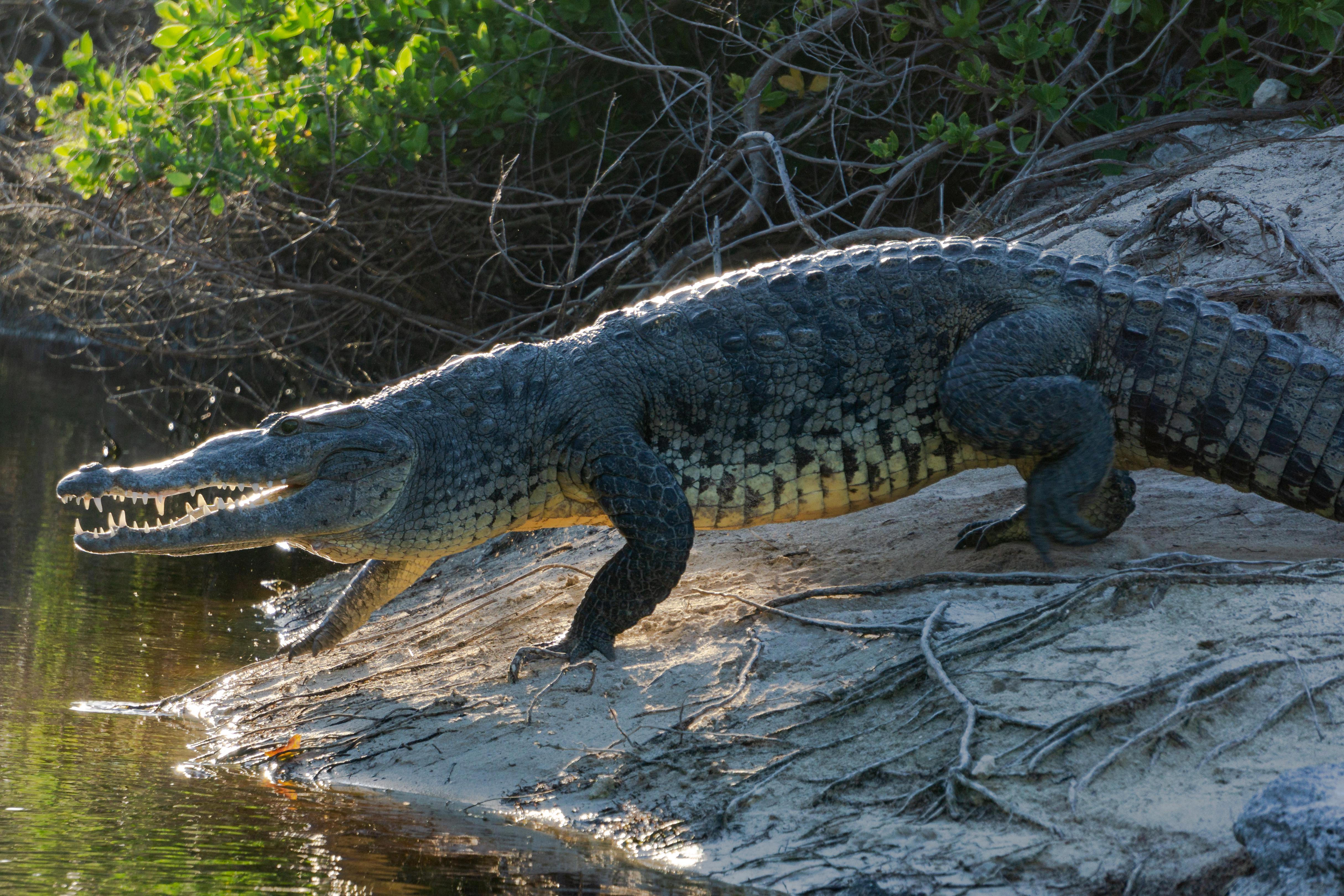
Maximum Size of Morelet’s Crocodile
Morelet’s crocodile, also known as the Belize crocodile, is a species of crocodile that inhabits freshwaters of the Atlantic regions of Mexico, Belize, and Guatemala. These crocodiles are considered to be medium-sized with adult males averaging around 3 meters in length, which is approximately 9.8 feet. They have a relatively broad snout compared to other crocodile species. It is essential to note that the size of these crocodiles can vary depending on factors such as age, gender, and habitat. However, on average, adult males of this species can reach a length of 9.8 feet.
What Do Morelet Crocodiles Consume?
Morelet crocodiles have a varied diet throughout their life stages. Juveniles primarily consume small invertebrates and fish. As they grow, adolescents start feeding on larger prey, including aquatic snails, fish, small birds, and mammals. When fully mature, older and larger crocodiles consume a wider range of prey, such as birds, fish, lizards, mud turtles, and even domestic animals like dogs. These crocodiles are opportunistic hunters, and their diet depends on what is available in their habitat. the diet of Morelet crocodiles evolves as they mature, ranging from small invertebrates to larger mammals and domestic animals.
Do Alligators or Crocodiles Live in Belize?
Belize is home to crocodiles, not alligators. Although the terms alligator and crocodile are often used interchangeably, they actually refer to two different species of reptiles. Crocodiles are found in Belize’s rivers, lagoons, and mangrove swamps. They are apex predators, meaning that they are at the top of the food chain in their environment. Crocodiles play an important role in Belize’s ecosystem, helping to regulate the populations of other animals and maintaining the balance of the ecosystem. It is important to note that crocodiles are dangerous animals and should be approached with caution.
Conclusion
The Morelet’s crocodile is a fascinating species found in the fresh waters of Mexico, Belize, and Guatemala. Despite their relatively small size, adult Morelet’s crocodiles can be aggressive and are capable of overpowering humans near the water. These apex predators play a critical role in the ecosystem, feeding on a variety of prey, including fish, birds, and domestic animals. Juvenile crocodiles start their life by feeding on small invertebrates and fish and then move on to larger prey as they grow older. Their broad snout sets them apart from other crocodile species. It is important to note that although Belizeans call them alligators, they are indeed crocodiles. The Morelet’s crocodile is an interesting and important animal that deserves conservation efforts to protect their population and habitat.




